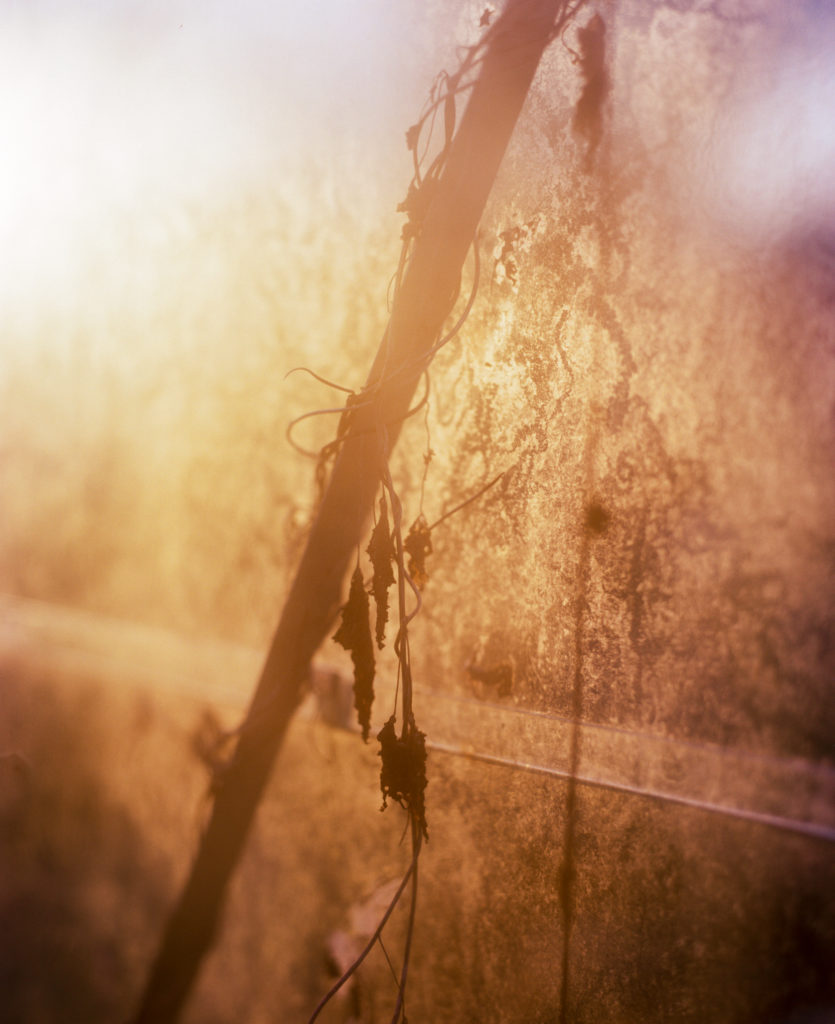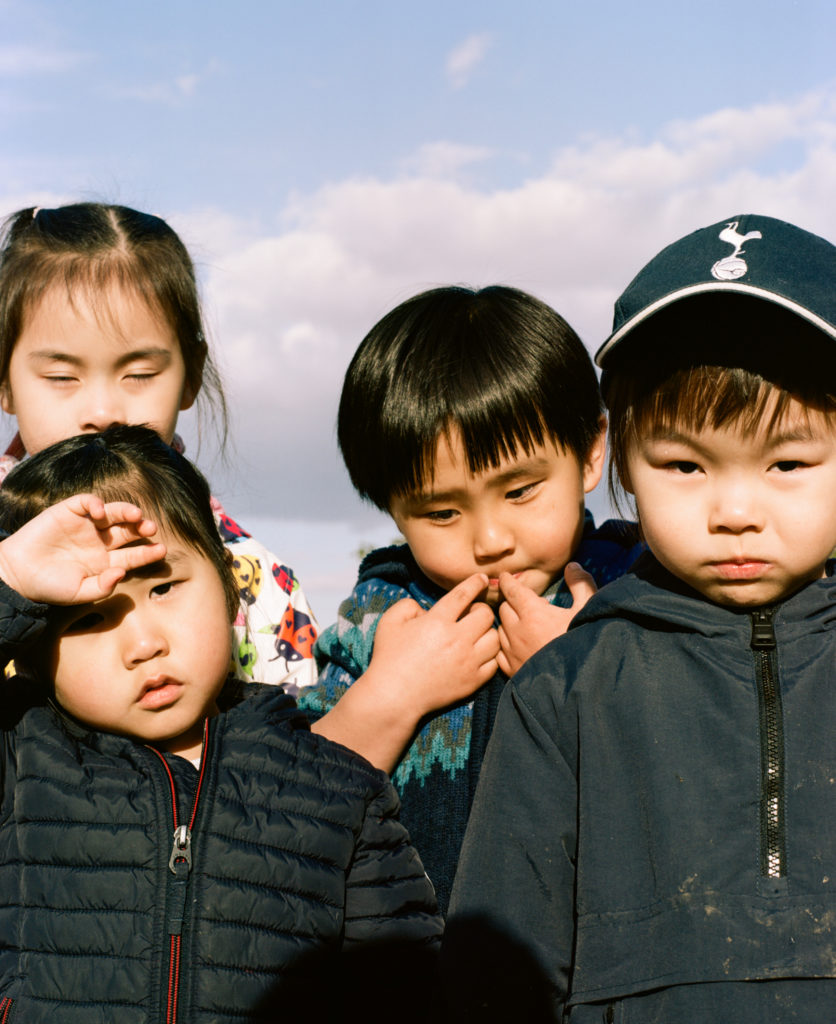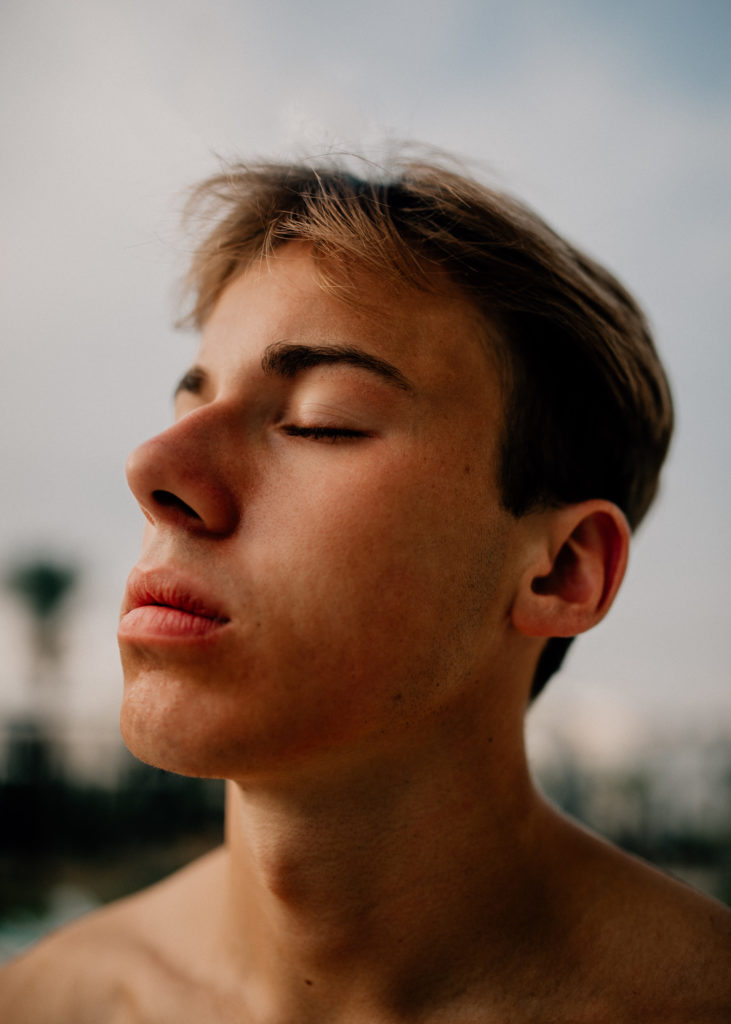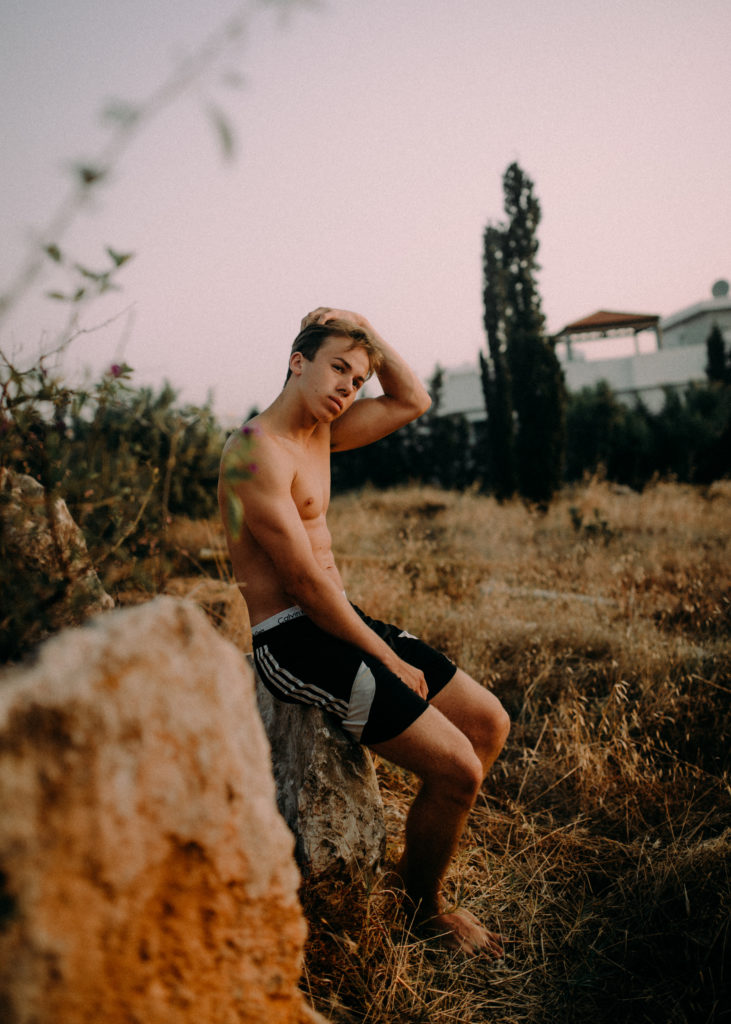Queer Love, Life and youth with Krystian Lipiec
This article contains image descriptions in the captions to help those with visual impairments.


Young love. Young Queer love. It's a minefield of emotions, actions and people. But what do these complex and ever changing romantic relationships looks like when you put a camera to them? We recently spoke with Krystian Lipiec about his unique approach to documenting lovers, friends and everything in between.
Hey Krystian, first off I'm always interested in hearing what drew people to photography. Why is photography the medium for you?
I started taking pictures after I met a guy online who I slowly began to fall in love with. I was 17 at the time and he was a photographer. The passion that he showed for his craft brushed off on me, being an impressionable 17 year old I wanted to be like him and started taking my own photographs. That’s the short version of the story, but I love photography due to being able to make a very quick expression of how you feel in a moment. However, I also love the long process photography allows you to embody to make long term photo projects.
Where are you based and how important has your location been in influencing your work?
I live in Warsaw, Poland. But I work between Warsaw and Berlin. Those two different locations influence me as a photographer. Due to travelling between locations I’m always learning something new about myself and those around me. The place which you could say has influenced me the most is my mothers house, tucked away in a small village. Surrounded by a huge forest, I love to walk there and take in the silence and nature, especially in the early morning.




Your work and especially the project 'Between Us' has an intimate queerness. Can you tell me more about your process and the project (in detail)?
This was one of my first photography projects. I am very sentimental about it, because I didn’t know yet that I want to be a photographer and I just took pictures of my friends and lovers, it was a natural way of just expressing my feelings for those around me.
After two years I decided to go back to photography school and finish my education there. I think the way I like to work and could say is my ‘process’ is photographing what attracts me and after a few weeks, laying all the photographs out and figure out what they are saying to me. This is very different to how I work as a commercial photographer and like the freedom my personal work brings me.
How important is it for you to represent queer lives and culture within your photography?
I never was thinking about representing queer lives or culture within my work. It just sort of happened. I document what is going on around me and if I am a queer guy, then my work will be queer because I am just showing my life in photographs. I want people to see more than just queerness in my work and take away different things.


There's a unique energy and tenderness to your images. How do you go about taking photographs when with friends and lovers?
I am a nostalgic person at heart. I was born in a small city in the middle of nowhere. I want to show the ‘beauty’ of simple and queer life but also show my romantic life for what it is. Both in the successes and failures we all have with relationships.
Are there any unique stories around the people in your images?
There are a few funny stories involving the people in the photographs. But mostly I like to watch how those people changed. I don’t have contact with all of them but sometimes they come back to me and we catch up and they share their new stories backed up by a new found energy from being away. Those pictures also show me how I changed myself. They remind me to be more spontaneous and teach me that “nothing is forever” and things can easily be lost as they are found.
















